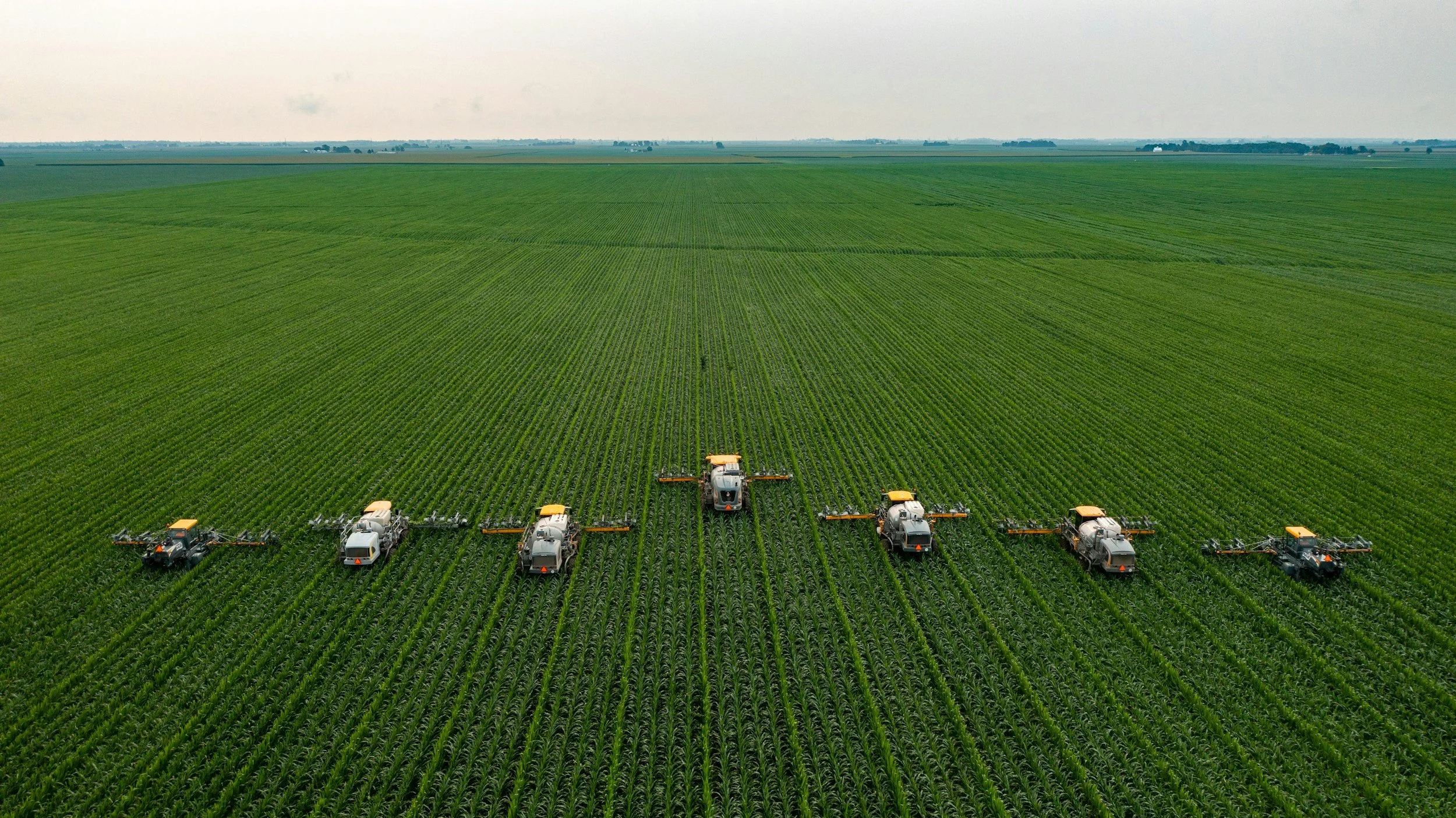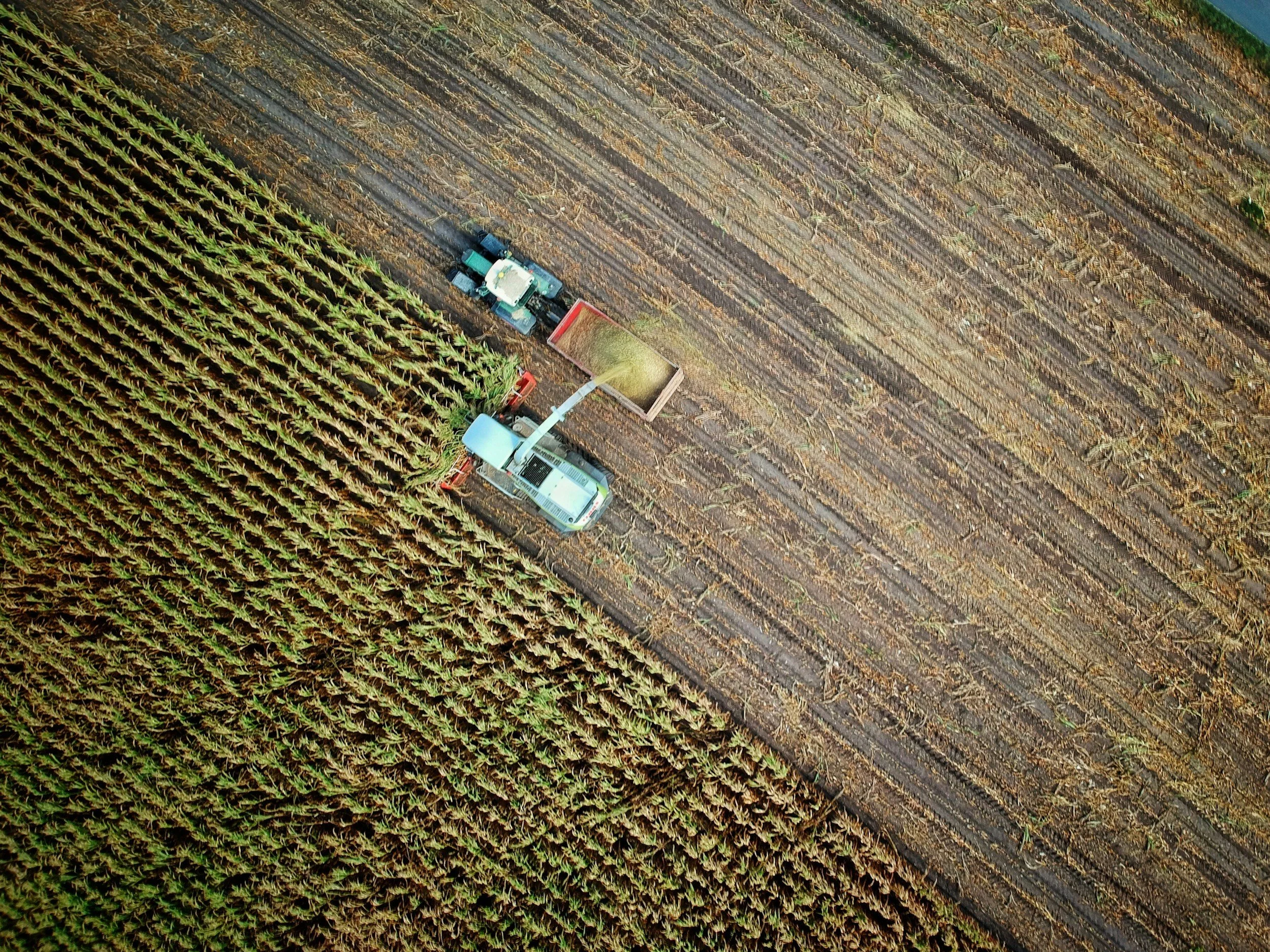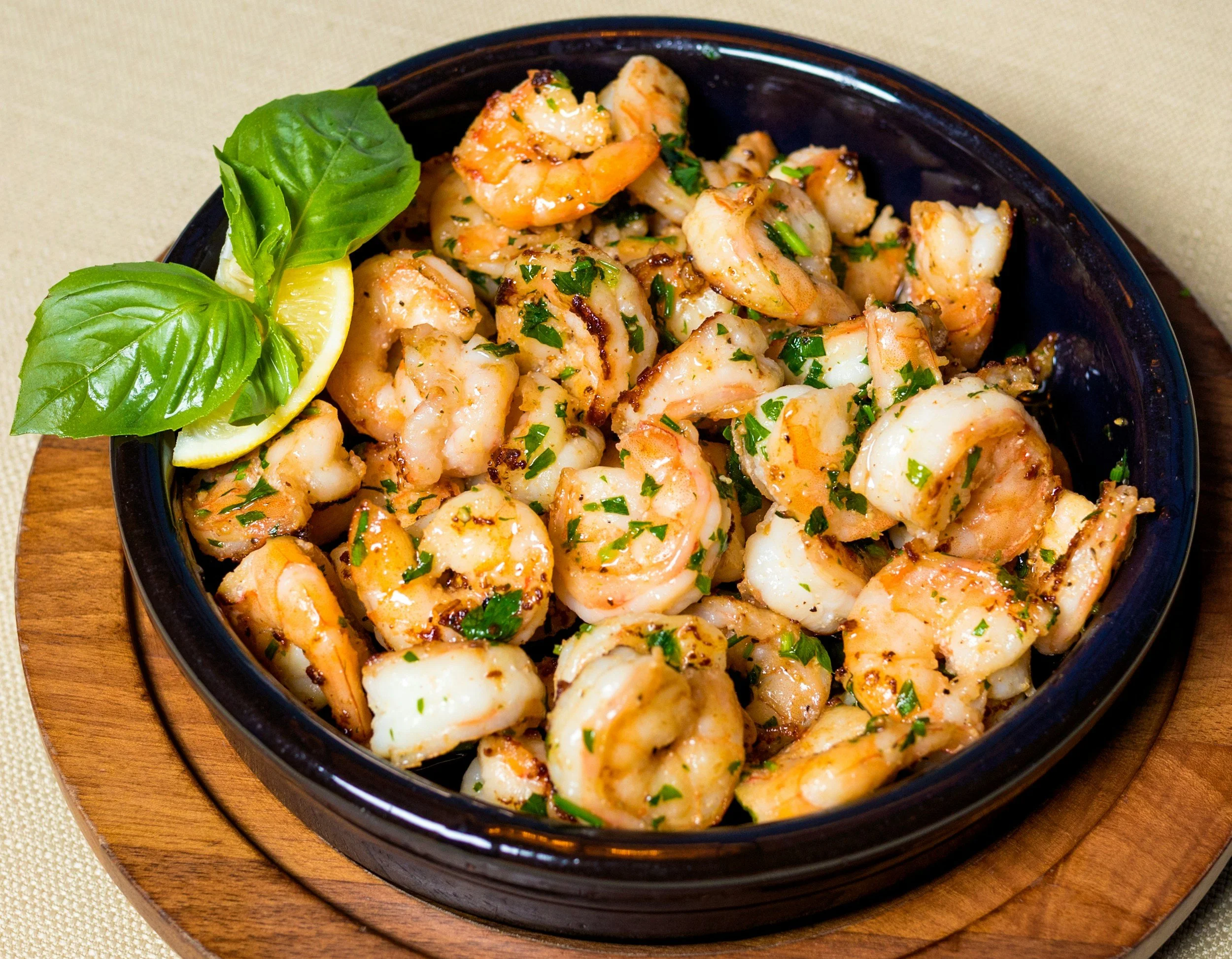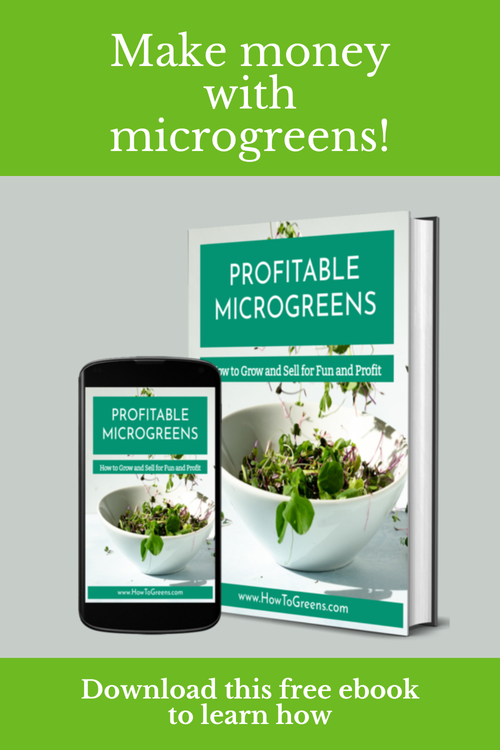Why Food Prices Keep Rising and How Sustainable Solutions Can Help
/Over the past several years, consumers, producers, and supply chain stakeholders alike have faced a growing challenge: food prices that rise and fall with increasing unpredictability. The price of food in the United States experienced significant fluctuations from 2020 through 2024, peaking in 2022 with a staggering 9.9% increase before tapering off slightly in the years since. While the 2025 forecast suggests a more modest 3.4% rise, the trend remains deeply concerning—not just for economic planners and grocery shoppers, but for those invested in the sustainability of our global food systems.
At the heart of this volatility lies a confluence of global disruptions: bird flu outbreaks reducing poultry and egg supplies, increased tariffs driving up import costs, and inflationary pressures squeezing both consumers and agricultural producers. But while these factors directly affect prices at checkout lines and on balance sheets, they also echo a deeper systemic fragility—one tied to how we steward our natural resources, diversify supply, and plan for the long-term health of our food ecosystem.
The Interconnected Crisis
The infographic's section on Key Drivers of Food Price Volatility paints a vivid picture of stress points across the industry: decreased supply, increasing labor and feed costs, and reduced purchasing power among consumers. These disruptions highlight the vulnerability of food systems to both natural and man-made events—whether it’s a disease outbreak among livestock or shifting geopolitical policies that redefine trade routes.
What this volatility also reveals is how tightly linked economic stability is to ecological health. Bird flu outbreaks, for example, are often exacerbated by dense, industrial farming practices that compromise animal welfare and environmental resilience. Similarly, increased reliance on narrow supply chains leaves businesses at the mercy of market shocks—many of which are intensified by climate-induced natural disasters such as droughts, floods, or wildfires.
Embracing Sustainable Solutions
The final portion of the infographic offers key strategies for mitigating the effects of price fluctuations. Among them: improved forecasting, diversified supply sources, and commodity hedging. While these are all critical tools for ensuring short-term business continuity, they can and should be complemented by deeper, more sustainable approaches.
For instance, diversified supply shouldn't just mean sourcing from multiple regions—it should also involve supporting regenerative agriculture practices, local growers, and carbon-conscious logistics networks. Likewise, improved forecasting must take into account not only economic indicators, but also environmental data—such as rainfall patterns, soil health metrics, and biodiversity indexes—to paint a fuller picture of future risks and opportunities.
Furthermore, investing in commodity hedging strategies, like CIH, a provider of customized price risk management and hedging opportunities, including swine hedging, should go hand-in-hand with broader sustainability commitments, such as reducing food waste, shifting toward plant-based ingredients, and using renewable energy across production and distribution operations. Protecting financial margins is important—but so is protecting the planet.
Toward a More Resilient Future
As we look ahead, the importance of reimagining our food systems becomes increasingly urgent. Climate change will continue to test our agricultural resilience, and only by embracing sustainability—not just as a corporate responsibility metric but as a core business imperative—can we hope to tame the volatility that’s becoming the new normal.
The path forward must be collaborative. It will require innovation, adaptability, and above all, a commitment to balancing economic performance with environmental protection. As this infographic demonstrates, understanding the causes of food price volatility is the first step. Acting on that understanding—through sustainable, nature-forward solutions—is the next.
About the Author:
Dustin Baker is the Director of Education and Research for CIH, a company specializing in margin management and risk mitigation solutions for agricultural producers and buyers. He has years of experience in the industry and focuses on helping market participants better understand agricultural margin management concepts and strategies, while also contributing to CIH’s educational publications on risk management.
You may also be interested in…








































Over the past several years, consumers, producers, and supply chain stakeholders alike have faced a growing challenge: food prices that rise and fall with increasing unpredictability. The price of food in the United States experienced significant fluctuations from 2020 through 2024, peaking in 2022 with a staggering 9.9% increase before tapering off slightly in the years since. While the 2025 forecast suggests a more modest 3.4% rise, the trend remains deeply concerning—not just for economic planners and grocery shoppers, but for those invested in the sustainability of our global food systems.